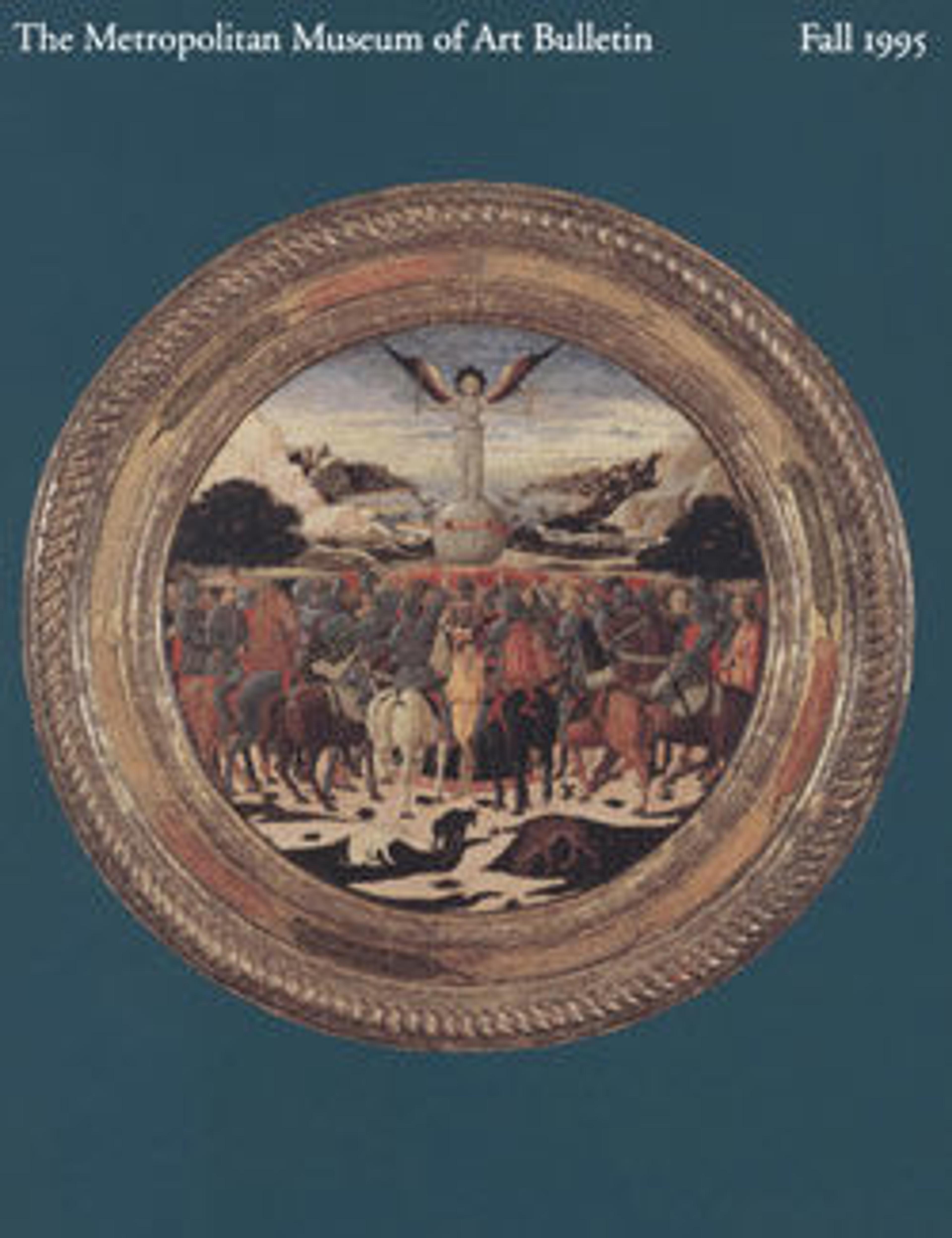Schiphol
Gursky began by mixing these structural approaches with the traditions of Northern landscape painting. Initially he made easel-sized photographs of vast, softly hued landscapes in which tiny figures played. In the 1990s he expanded the scale of his pictures to wall size and the scope of his subjects to include cityscapes and interiors shaped by industrial, electronic, and other automated functions of modern life.
In "Schiphol" the artist frames the tall clouds, low horizon, and perfect geometries of a runway in the windows of Amsterdam's airport. Deftly laminating the luminous skies of Baroque Low Country painting, the Romantic theme of the windowed view, and the abstraction of De Stijl, Gursky gives us a landscape layered with nostalgia, structured by modernism, and sealed behind glass—an expansive yet neatly delimited vista for human transport.
Artwork Details
- Title:Schiphol
- Artist:Andreas Gursky (German, born Leipzig, 1955)
- Date:1994
- Medium:Chromogenic print
- Dimensions:185.4 x 221.3 cm (73 x 87 1/8 in.)
- Classification:Photographs
- Credit Line:Purchase, The Howard Gilman Foundation Gift, 1995
- Object Number:1995.191
- Rights and Reproduction:© Andreas Gursky
- Curatorial Department: Photographs
More Artwork
Research Resources
The Met provides unparalleled resources for research and welcomes an international community of students and scholars. The Met's Open Access API is where creators and researchers can connect to the The Met collection. Open Access data and public domain images are available for unrestricted commercial and noncommercial use without permission or fee.
To request images under copyright and other restrictions, please use this Image Request form.
Feedback
We continue to research and examine historical and cultural context for objects in The Met collection. If you have comments or questions about this object record, please contact us using the form below. The Museum looks forward to receiving your comments.
